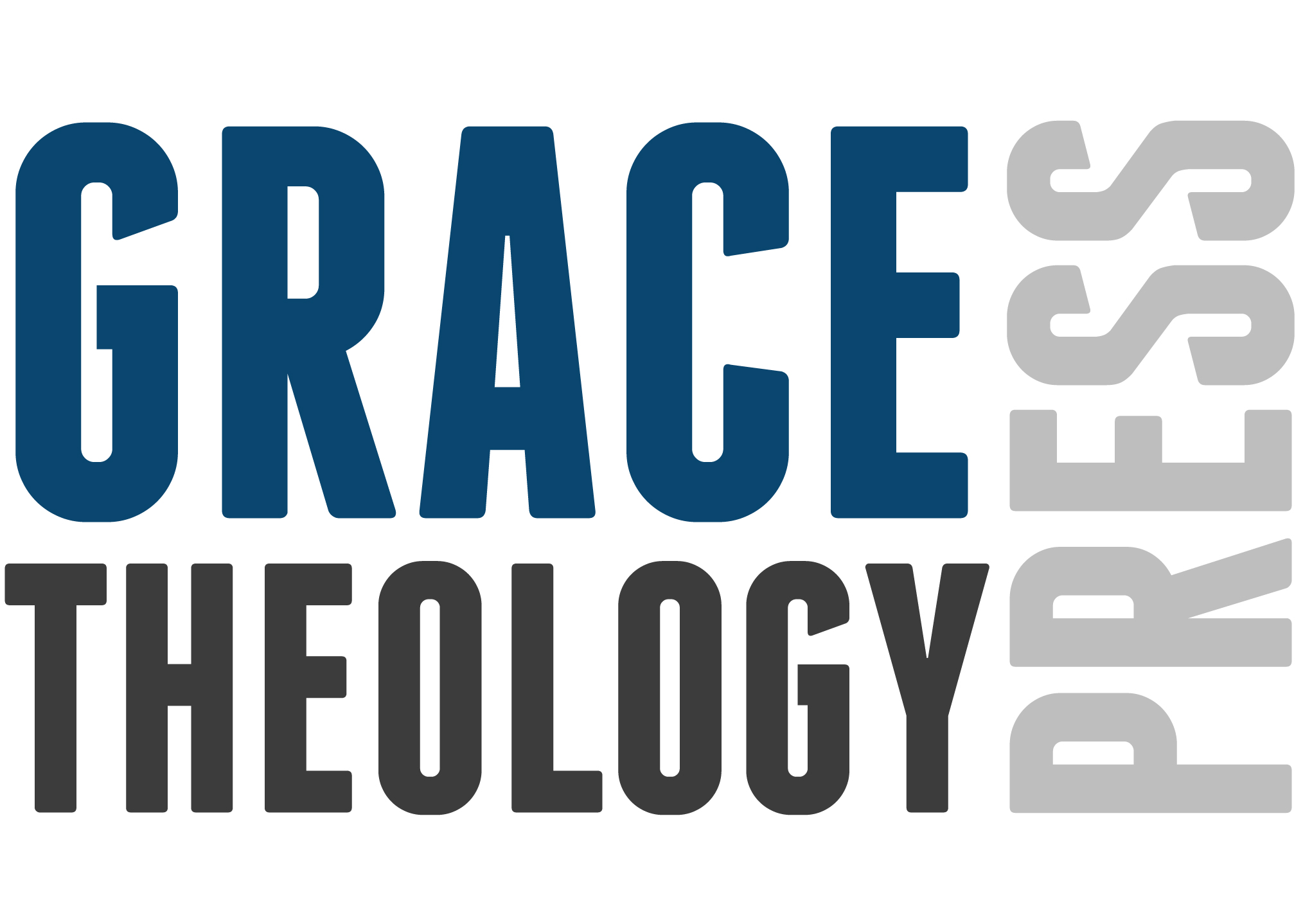I have been called many things in my life but the most treasured description given to me was to be called a “White Crusty Corpuscle.” I’m not sure what the “crusty” referred to but as for the White Corpuscle, it is a badge of honor. White blood cells are “the cells of the immune system that are involved in protecting the body against both infectious disease and foreign invaders.”
In ministry and especially in theological publication, it is always important to be on the lookout for theological ideas and books that expound those ideas that are significantly disturbing and clearly dangerous. Let me make you aware of such a book—Salvation by Allegiance Alone, by Matthew W. Bates, published by Baker Academic press, March 2017. This book is very new and crystal clear as to the author’s theological viewpoint regarding grace.
Dr. Bates recently received his PhD from the University of Notre Dame and teaches at Quincy University, a Catholic school of the Franciscan order. Dr. Bates is a protestant in his faith tradition, having been raised in a King-James-only church.
The thesis of the book is that both the Protestant Reformation and Catholic traditions, to a lesser degree, have not got it right regarding the meaning and method of salvation and faith or justification and assurance.
Dr. Bates believes that Faith should not be defined as belief or trust but as allegiance. Total, continual, obedient actions, embodied activity and enacted fidelity and loyalty are not optional but essential and required as a part of the definition of faith, which is why allegiance-faithfulness is a more preferred term. In fact, Dr. Bates states that this is a more accurate translation of the term based on the use during the first century in Romans (pg. 78-80). Thus, commitment seen in obedience and confessional loyalty are essential as an ongoing part of saving allegiance.
As a result, there is no presumptive assurance of salvation until the end. The one who has allegiance to Jesus must persevere to the end and with God’s help, they will. But if they do not, then they never had the gift of eternal life. He states, “No member of the body of the Christ can be unwillingly fired or forced out by external pressures, but if a person were to entirely cease giving allegiance to the Lord (and the Lord’s people) then she or he would be denied the benefit secured through Jesus’ contract” (pg. 173). In fact, the final judgment is rendered at the end and is based to some degree on the works that one has done in this life (Rom 2). He states “it is necessary for an individual to persevere in pistis throughout the course of her or his lifetime in order to attain final salvation (pg. 191).
In fact he states, “…in other words initial declared allegiance (pistis) to Jesus the king causes a union with the king and his body, and the maintenance of this union is in embodiment of allegiance and a lived obedience that includes good deeds with in its purview. So there is not a simple cause-and-effect relationship between faith and works, rather, pistis is quite simply not pistis at all if it is not embodied and embedded in the allegiant community” (pg.121).
It is his view that a gospel that asks a person to believe that Jesus died for his sin and that He will give him eternal life is very deficient. “A better gospel presentation will not give total assurance of the security of final salvation on the basis of the acceptance of the gospel invitation. It may be pastorally pleasant to say ‘if you prayed this prayer with me and you sincerely asked Jesus into your heart then you can have complete confidence that you are now eternally saved and on the road to heaven’. This sort of comfort is precisely what the audience loves to hear making it tempting to give it but unfortunately it is a false assurance. To suggest otherwise is dangerous.” (pg. 203)
This is a “Bold Provocative Book” says one endorsement. It is a book that runs Calvinism out to its logical conclusions and shows that it did not disentangle itself enough from the dangers of Rome. The author interacts with TULIP, N.T. Wright and the New Pauline Perspective and the high and low points of the theology of the Council of Trent. In terms of the content of the gospel, you will need a large piece of paper to list what is the content of what one is to have allegiance to. It involves corporate election and the enthronement of the cosmic King and His mission to rule the world and the universe.
This book is the latest articulation of Lordship Salvation unleashed upon the church. If you are a Seminary or Bible college teacher, you must read this book. If you are a pastor, you should read this book. I say this for the simple reason that this is a dangerous book for if it is believed, it will cause confusion to your students or parishioners.
In case you wonder how we who hold to Free Grace come off in the book, there are two references to Zane Hodges, one to Charles Stanley and one to Robert Wilkin in footnotes. The other reference is to those who are part of “the so called free grace movement” (pg. 25) and “free-gracers” (pg. 26). Let’s just say we do not come off sounding reputable. Of course, what really matters is not if we are reputable in the mind of man but if we are right in the sight of God!
Serving Him with you until He comes for us,
Fred Chay, PhD
Managing Editor, Grace Theology Press















